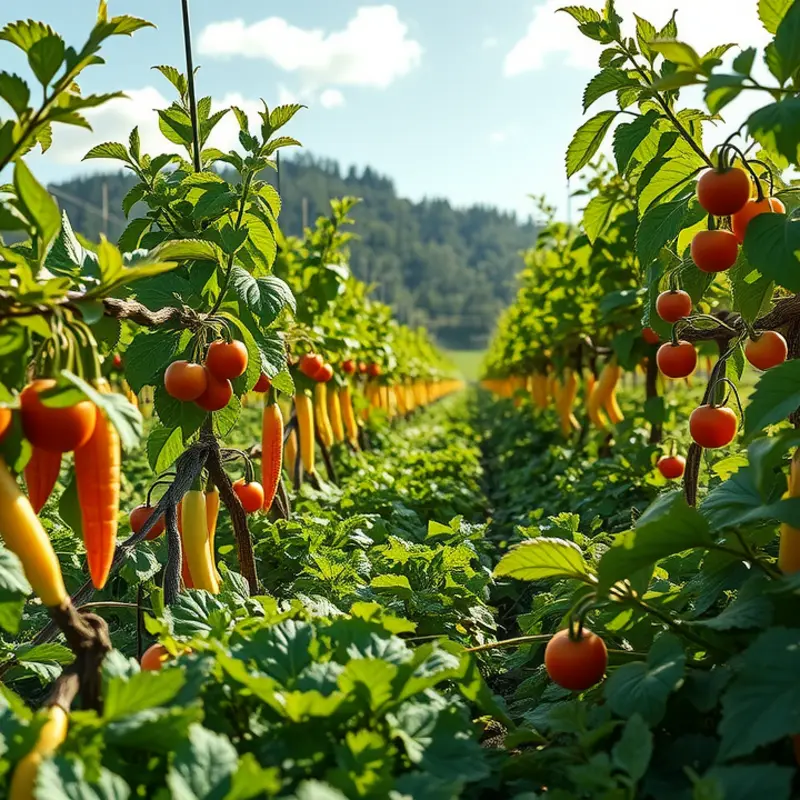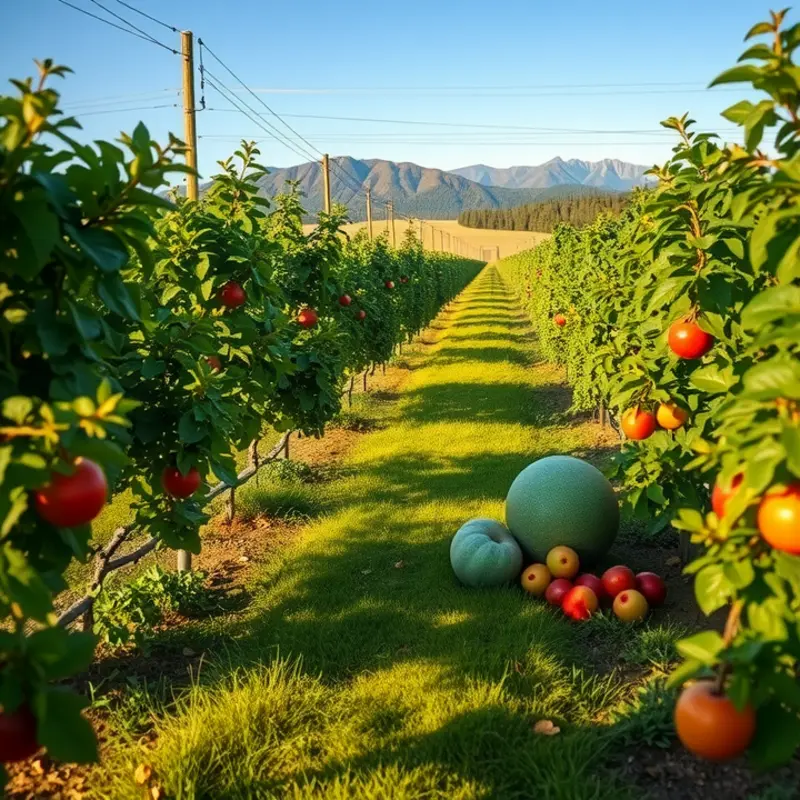Understanding food safety after reheating is crucial to prevent foodborne illnesses and reduce waste. With proper techniques, you can enjoy delicious leftovers without compromising safety. This guide provides practical tips for safely storing, reheating, and managing food at home.
Storing Leftovers: The Right Way

When it comes to enjoying leftovers safely, the way you store them is fundamental. The process starts as soon as your meal is over. Rapid cooling is key to preserving both flavor and safety. Bacteria can thrive between 40°F (4°C) and 140°F (60°C), so aim to cool leftovers quickly to below 40°F.
Cooling Methods
After cooking, allow your food to cool slightly, but don’t wait too long. Ideally, transfer hot food into shallow containers within two hours. Using shallow containers—those no more than two inches deep—ensures that food cools evenly and swiftly. For larger portions, divide them into smaller loads. This not only speeds up the cooling process but also makes it easier to reheat only what you need.
Best Container Choices
Choosing the right container can protect both your food’s quality and your health. Opt for airtight containers that prevent exposure to air, which can cause spoilage and flavor changes. Glass containers are ideal for reheating as they resist staining and odors. If you prefer plastic, ensure it’s certified for food storage. Avoid single-use plastics or any containers not explicitly marked as food-safe, as they can leak harmful chemicals into your food.
Appropriate Labeling
Labeling containers is more than just avoiding confusion—it’s about food safety. Include the date and contents on each container. Keeping track of how long food has been stored helps prevent consuming food that’s past its safe prime.
Storage Timelines
Eating leftovers within a safe timeframe is crucial. Most cooked foods remain safe in the refrigerator for 3 to 4 days. If you don’t plan to eat them within that time, consider freezing. When freezing, tightly seal foods to keep their texture and flavor intact. Properly stored in the freezer, leftovers can last 2 to 6 months, making it simple to plan meals and reduce waste.
Consider exploring additional storage tips to minimize waste and fuel your eco-smart kitchen practices. This approach not only promotes safety but also conserves resources.
Regular inventory checks can greatly assist in managing your leftovers smartly. Rotate older items to the front of the fridge to remind yourself to consume them first, reducing waste and possible risks associated with consuming old food. Integrating these practices into your routine can transform your kitchen into a safe and efficient hub, maintaining the integrity and taste of your meals from first bite to last.
Reheating Safely: Techniques and Tips

Reheating leftovers is a simple task, yet it requires precision to ensure food safety and maintain flavor. Follow these techniques and tips to enjoy your meals without concern.
Temperature Matters
The most crucial element of reheating is reaching the right temperature. Always heat leftovers until they reach an internal temperature of 165°F (74°C). This temperature is effective for eliminating any harmful bacteria, making the food safe to eat. Use a food thermometer to check the temperature at the thickest part of the food.
Stovetop Reheating
For soups, stews, and saucy dishes, reheating on the stovetop is often best. Stirring occasionally helps distribute heat evenly. Bring the dish to a rolling boil, especially for liquid-based foods, to ensure even heating. Uneven heating can result in cold spots where bacteria can survive.
Microwaving with Care
Microwaves are convenient, but they can cause uneven heating. Arrange food evenly on a microwave-safe dish, with thicker parts towards the edge. Cover the dish with a lid or microwave-safe wrap to trap steam and encourage even reheating. Stir food halfway through the reheating process, if possible. Consider using microwave-safe thermometers to ensure proper temperatures are reached.
Oven Reheating
Ovens are ideal for large dishes like casseroles and lasagna. Preheat the oven to around 325°F (163°C), cover the dish with aluminum foil to retain moisture, and reheat until the center reaches the safe temperature. This method is slower but excellent for maintaining texture and moisture.
Reheating Meats
Meats require careful reheating. Slice larger pieces into smaller sections to reduce reheating time and ensure even heat distribution. Use a hot sauce or broth when reheating meats to add moisture and flavor, preventing drying out.
Batch Reheating
If reheating large quantities, consider doing it in batches. This not only ensures even heating but also safer reheating as smaller portions heat more uniformly. Once reheating is complete, do not leave leftovers at room temperature for more than two hours to prevent bacteria growth.
Avoid Reheating Certain Foods Multiple Times
Repeated reheating can degrade the quality of the dish and pose safety risks. Try to only reheat what you intend to consume.
For those interested in reducing reheating times effectively without compromising nutritional value, consider exploring Minimal Prep Dinner Ideas for tips on prepping meals that require less reheating and less effort in the kitchen.
Conclusion
Mastering these reheating techniques helps you savor your leftovers safely and without hassle. Emphasizing proper temperature and method not only optimizes flavor but also ensures food safety with minimal effort.
Final words
Ensuring food safety after reheating is essential to protect yourself and your loved ones from foodborne illnesses. By utilizing proper storage methods and understanding reheating techniques, you can safely enjoy your leftovers and reduce waste at home. Always remember to check temperatures and guidelines to optimize both safety and taste. Transform your food management practices into a safe and efficient routine that supports health and minimizes waste.







